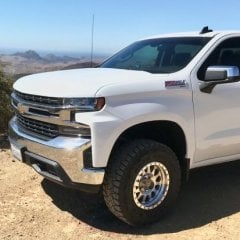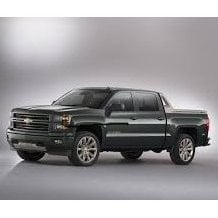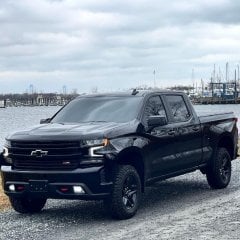-
Similar Content
-
- 4 replies
- 1,344 views
-
- 4 replies
- 4,608 views
-
- 5 replies
- 1,483 views
-
- 9 replies
- 10,602 views
-
- 24 replies
- 5,909 views
-
-
Recently Browsing 0 members
- No registered users viewing this page.
-
Forum Statistics
246k
Total Topics2.6m
Total Posts -
Member Statistics
-
Who's Online 20 Members, 2 Anonymous, 1,772 Guests (See full list)

















Recommended Posts
Join the conversation
You can post now and register later. If you have an account, sign in now to post with your account.